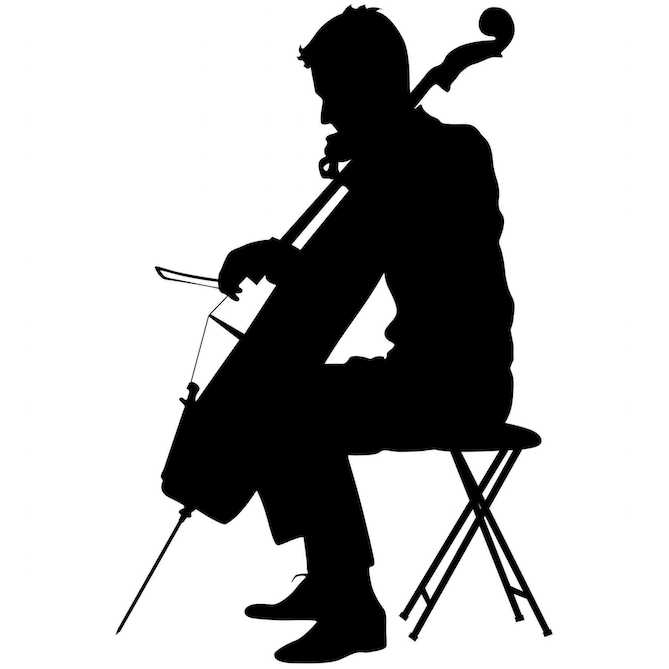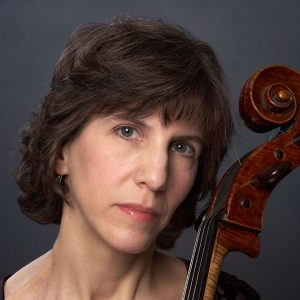
Practice Time: Inspiring and Productive?
Natasha Brofsky
As musicians, a life spent practicing our instruments means that we need to be able to teach and inspire ourselves. The art of practicing well is essential in order to develop our own musical voice.
The musical idea is everything.
Awaken your musical imagination!!
Is the phrase you are practicing lyrical or dancelike? Is it passionate? Melancholy? Stormy? Tender? Does a particular passage inspire a scene in your mind? What kind of a story does it tell? How do you want the audience to experience the music at that particular moment?
Experiment! Try different bowings and fingerings for the same passage. What makes the music come alive?Remember that the phrasing and emotional impact of the music affect what techniques we use to play it successfully, so don’t decide on bowings or fingerings without your musical imagination firing!
Perform for yourself in the practice room.
Have you ever been frustrated in a performance because the passages you had practiced by yourself were not reliable when you did a run-through of the movement? Often it is because you haven’t practiced the difficult passages in the right dynamic or with the same emotional intensity that you are playing them with in the performance. Project your musical idea when you work on challenging places in the music so that you can make sure your physical movements are still fluid when you are emotionally involved.
Then remember that after you have worked on a difficult bit, PUT IT BACK into context! Many of us get stuck putting the passage under the microscope and forget to put the bits back into the musical whole. If you are not ready to play it up to tempo, you can still put it back into context by playing in slow motion. Play the phrase with exactly the musical shape you want, but only as fast as you can manage the whole phrase. Often I hear students who practice the easy bits up to tempo, then, when they get to the challenging part they slow down or hesitate. When they have to perform, they tighten physically at the difficult moment because they have taught their bodies remember the physical hesitation they repeatedly practiced. Retain the flow of the musical phrase even in slow motion.
Don’t always start from the beginning of a phrase.
Have you ever repeatedly practiced a phrase from beginning to end and struggled to get to the sound you wanted at the end of it? I once heard the ballet dancer Rudolf Nureyev describe how the great Russian choreographer George Balanchine choreographed his ballets. He described how Balanchine started by imagining what he wanted the high points in the music to look like, and then he choreographed the transitions leading up to them. Let this inspire you to practice building phrases differently.
Take the high point of the phrase and start directly on it with your ideal sound. Then back up a bit and play the musical gesture leading to the top of the phrase. Did you still end up with your ideal sound at the climax of the phrase? Now add a few more notes before the climax and lead to the high point again. Keep adding notes until you are starting from the beginning of the phrase. Notice how this way of practicing teaches you the emotional and dynamic pacing as well as the rhythmic momentum of a given passage.
Subjects: Practicing
Tags: art, bowings, Brofsky, cello, context, emotion, experiment, fingerings, imagination, inspiration, motion, movements, musical, musical imagination, musicians, Natasha, performance, phrasing, Practice, productive, success, tempo
